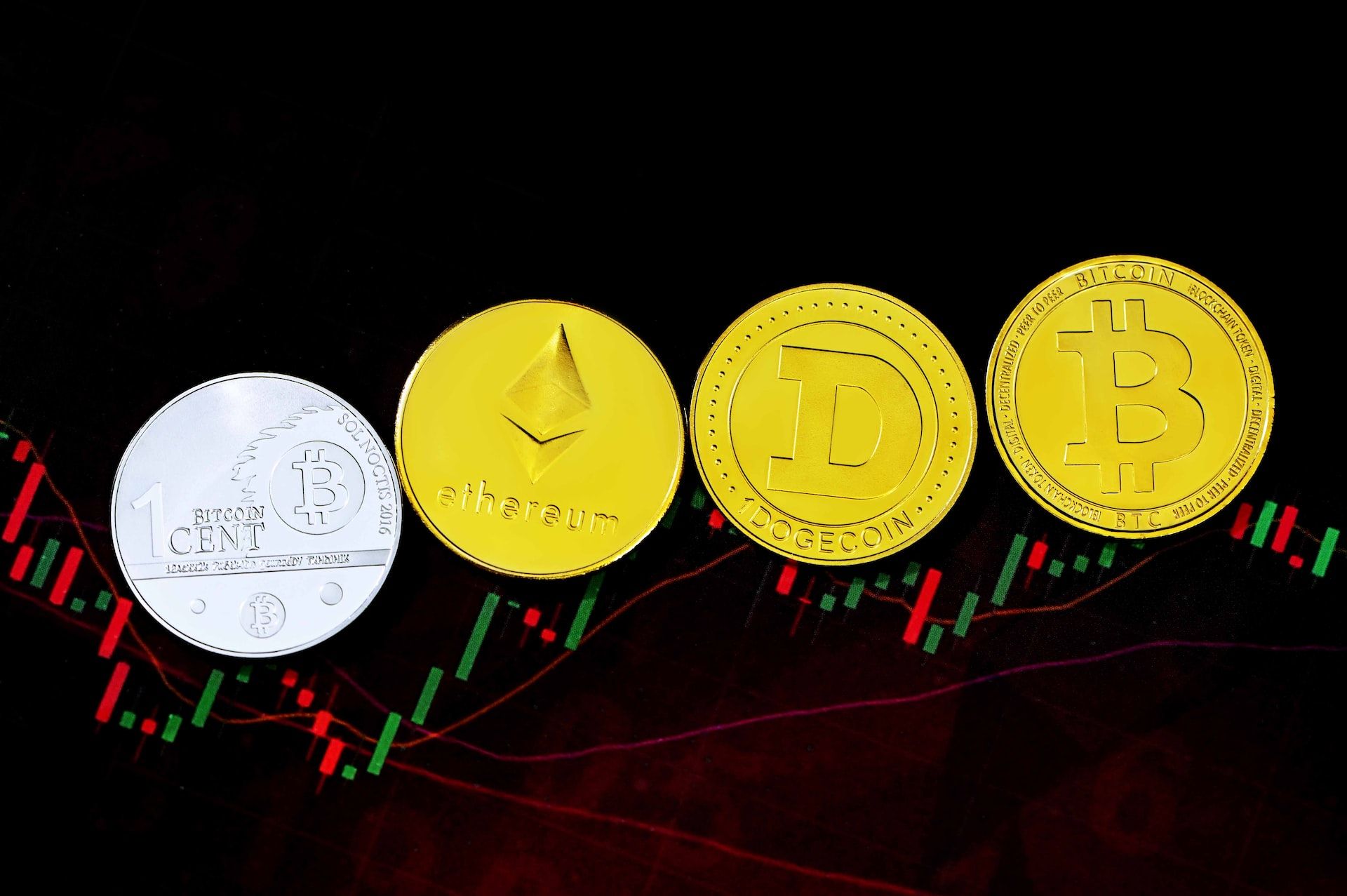Introduction:
Centralized cryptocurrency exchanges have been the go-to for most crypto traders since the early days of the industry. However, in recent years, there has been a growing trend toward decentralized exchanges (DEXs). This has led some to question whether people have finally moved on from centralized exchanges. In this article, we will discuss the steps taken by the industry toward DEXs and the potential future of cryptocurrency trading.
Step 1: The rise of DEXs
Decentralized exchanges, or DEXs, are a relatively new development in the cryptocurrency industry. They offer users a more secure and private way to trade cryptocurrencies without the need for a central authority or intermediary. DEXs are built on blockchain technology and utilize smart contracts to execute trades. In recent years, there has been a surge in the development of DEXs, with many new platforms entering the market.
Step 2: The limitations of centralized exchanges
Centralized exchanges, on the other hand, are run by a central authority, and users must trust the exchange to hold their assets. Centralized exchanges are also subject to regulatory oversight, which can limit the range of cryptocurrencies that can be traded. Furthermore, centralized exchanges have suffered from numerous high-profile hacks, resulting in the loss of millions of dollars in cryptocurrency.
Step 3: The advantages of DEXs
DEXs offer several advantages over centralized exchanges. First and foremost, they provide users with a higher level of security and control over their assets. Transactions are processed on the blockchain, meaning that users do not need to trust a central authority. DEXs also allows for a greater degree of privacy, as users do not need to provide personal information or KYC documentation to trade. Finally, DEXs offer a wider range of cryptocurrencies for trading, as they are not subject to the same regulatory limitations as centralized exchanges.
Step 4: The increasing popularity of DEXs
The popularity of DEXs has grown significantly in recent years. The total value locked in DEXs has increased from around $200 million in early 2020 to over $70 billion in 2022. This is largely due to the development of more user-friendly platforms and the increasing awareness of the advantages of DEXs. Many users have also become disillusioned with centralized exchanges due to frequent hacks and security breaches.
Step 5: The potential future of cryptocurrency trading
The rise of DEXs has led some to question the future of centralized exchanges. While DEXs offer many advantages over centralized exchanges, they are not without their limitations. DEXs can suffer from low liquidity, which can lead to slippage and higher transaction fees. They can also be less user-friendly than centralized exchanges, which can limit their appeal to less technically proficient users. Additionally, DEXs have not yet been fully tested in periods of extreme market volatility.
Conclusion:
While the rise of DEXs may suggest that people are moving away from centralized exchanges, the reality is likely more complex. Both centralized and decentralized exchanges have their advantages and limitations, and both will likely continue to play a role in the cryptocurrency industry. The increasing popularity of DEXs is a positive development, as it offers users more options and greater control over their assets. However, centralized exchanges will likely remain a popular choice for those looking for a more user-friendly and convenient trading experience. Ultimately, the future of cryptocurrency trading will likely involve a mix of both centralized and decentralized exchanges, with each offering its own unique advantages and limitations.
